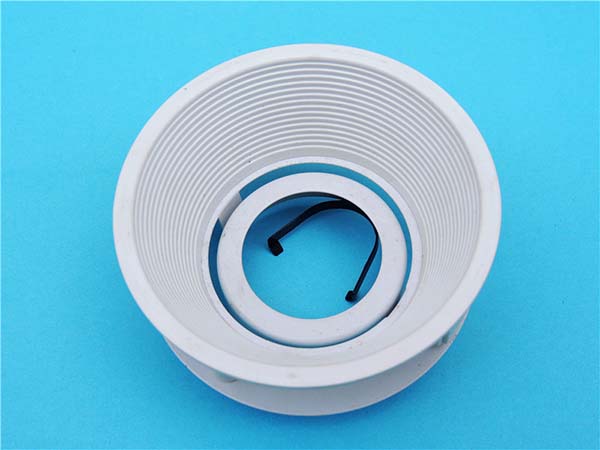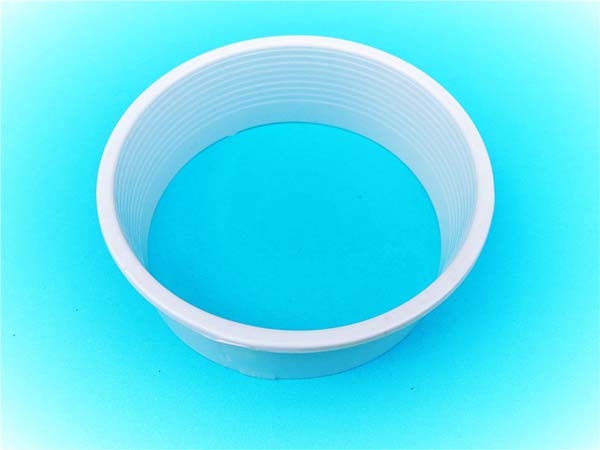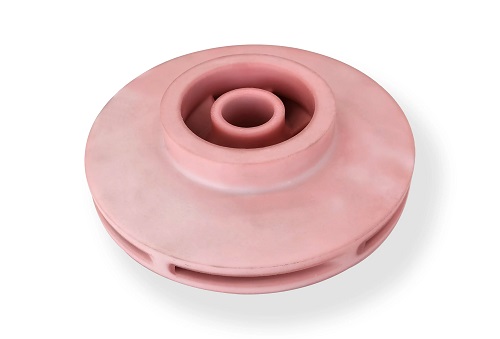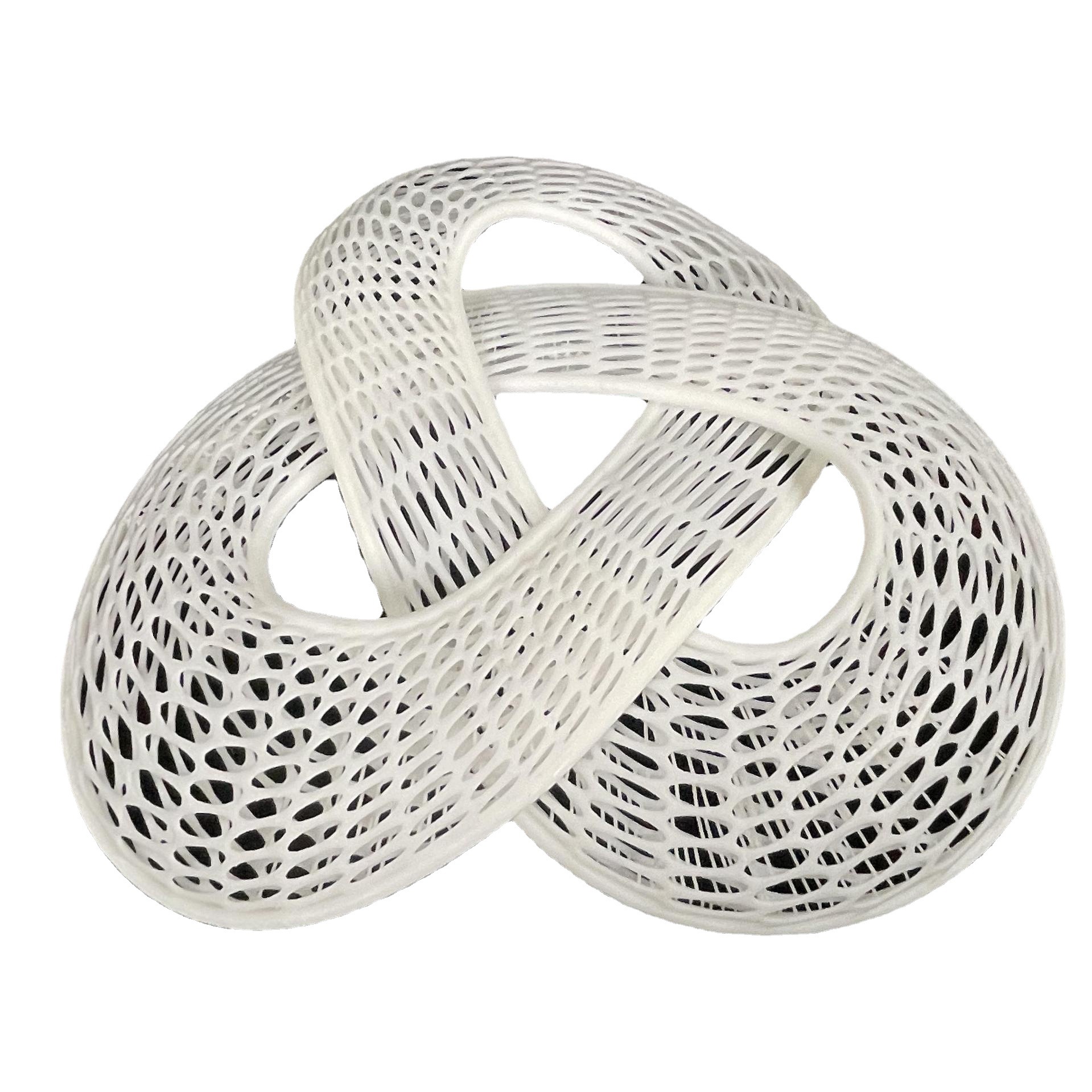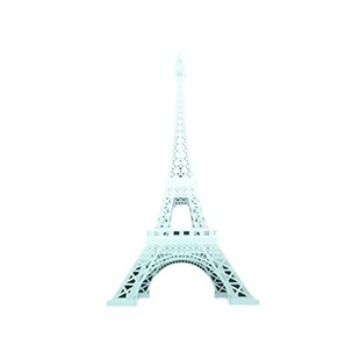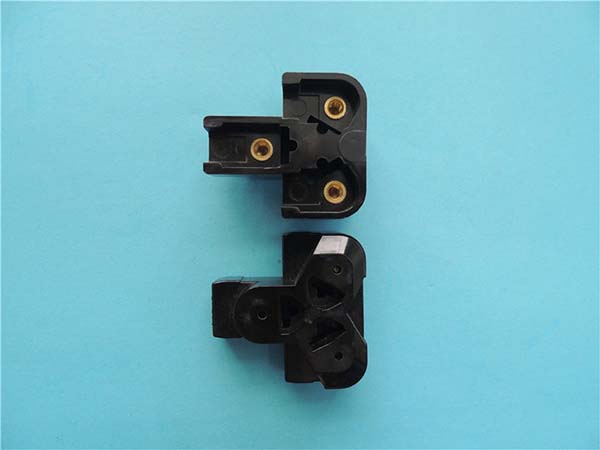Introduction
In recent years, 3D printing, also known as additive manufacturing, has witnessed explosive growth and has become a game - changing technology across various industries. From rapid prototyping in product design to custom - made medical implants and even constructing buildings, 3D printing's versatility is remarkable.
At the heart of this technology are the materials it uses, and among them, plastics play a pivotal role. The choice of plastic in 3D printing is crucial as it directly impacts the quality, functionality, and appearance of the final printed object. Different plastics come with unique properties such as strength, flexibility, heat resistance, and printability. For example, a material used to print a mechanical part in a high - temperature environment needs to have excellent heat - resistant properties, while a plastic for creating a decorative item might prioritize good aesthetics and ease of printing. Therefore, understanding the various plastics available for 3D printing is essential for anyone looking to get the most out of this innovative technology. In the following sections, we will explore the most common types of plastics used in 3D printing, their characteristics, advantages, and ideal applications.
Types of Plastics Used in 3D Printing
Acrylonitrile Butadiene Styrene (ABS)
Characteristics: ABS is a thermoplastic that is widely used in 3D printing, available in both filament and powder forms. It is known for its durability, toughness, and ability to withstand high temperatures. With a high glass transition temperature, ABS can maintain its shape well under heat. It comes in a wide range of colors and is a reusable material. ABS parts can be welded using chemical processes, which makes it suitable for post - processing and assembly.
Advantages and Disadvantages: One of the main advantages of ABS is its relatively low cost and good mechanical properties, such as high impact resistance. It also has a fast printing speed. However, ABS has some drawbacks. It is not biodegradable, which raises environmental concerns. During the 3D printing process, it gives off strong fumes, so it requires a closed 3D build chamber. Moreover, if the 3D printer bed or print platform is not heated, ABS parts are prone to warping.
Applications: ABS is commonly used for printing small parts in cars and electrical appliances, as well as in prototyping for various mechanical components where strength and heat resistance are required.
Polylactic Acid (PLA)
Characteristics: PLA is a biodegradable plastic made from renewable raw materials like corn starch. It is a popular choice for desktop 3D printing. PLA has a relatively low melting point, printing at a temperature between 190ºC to 230ºC, and it does not require a heated platform. It comes in a wide variety of colors and can be used in either resin or filament form.
Advantages and Disadvantages: The key advantage of PLA is its eco - friendliness due to its biodegradability. It is also easy to work with, has a smooth surface finish when printed, and is less likely to warp compared to ABS. However, PLA has a high cooling and solidification speed, which can make it a bit tricky to manipulate. It is less suitable for applications exposed to sunlight and can deteriorate when in contact with water.
Applications: PLA is often used in food packaging due to its biodegradability and safety. In the medical field, it is used to create biodegradable medical devices and implants, as it is biocompatible.
Acrylic Styrene Acrylonitrile (ASA)
Characteristics: ASA has similar properties to ABS, but it stands out for its greater resistance to UV rays. It also has good temperature and impact resistance. When printing ASA, it is advisable to use a heated bed platform to prevent warping, and similar print settings to ABS are used.
Printing Requirements: Since ASA may emit potentially harmful styrene emissions during printing, it is crucial to always print it in a closed chamber.
Applications: ASA is ideal for outdoor applications such as outdoor furniture, signage, and automotive exterior parts where resistance to UV rays and temperature changes is essential.
Polyamides/Nylon
Characteristics: Nylon, or polyamides, is a synthetic polymer known for its high strength, toughness, and excellent abrasion resistance. It can be reinforced with carbon fiber or glass fiber to further enhance its mechanical properties. Nylon prints with a somewhat granular finish, and it has high rigidity and flexibility depending on the wall thickness of the printed object.
Applications: Nylon is widely used in industrial applications for manufacturing parts that require high strength and wear - resistance, such as gears, bearings, and mechanical tools. It is also used in the production of functional prototypes for engineering and automotive industries.
Polyethylene Terephthalate (PET/PETG)
Characteristics: PETG is a modified version of PET. It is a non - crystalline thermoplastic with high transparency, good strength, and strong chemical resistance. PETG has a density of 1.29g/cm³ and shows excellent dimensional stability during the printing process.
Applications: PETG is commonly used for printing objects that require high transparency, such as bottles, jars, and clear enclosures. It is also suitable for creating parts that need to resist chemicals, making it useful in the packaging and laboratory equipment industries.
Polycarbonate (PC)
Characteristics: PC is a strong, tough, and heat - resistant thermoplastic. It has a high impact resistance and can withstand high temperatures without significant deformation. PC offers excellent optical properties and is highly resistant to chemicals and UV radiation.
Applications: Due to its high strength and durability, PC is used in applications where these properties are crucial, such as in the production of protective gear like helmets, automotive components that need to endure harsh conditions, and electronic device housings.
Comparison of Different Plastics in Tabular Form
To give you a more straightforward understanding of the differences between various 3D printing plastics, the following table compares some key properties of the plastics mentioned above:
| Plastic Type | Melting Point (°C) | Tensile Strength (MPa) | Temperature Resistance (°C) | Biodegradability | Printing Difficulty | Cost (Relative) | Ideal Applications |
| ABS | 210 - 240 | 25 - 50 | Up to 90 - 105 | No | Moderate, requires heated bed | Low - Moderate | Mechanical parts, automotive and electrical appliance components |
| PLA | 150 - 160 | 40 - 60 | Up to 60 - 70 | Yes | Low, no heated bed needed | Low - Moderate | Food packaging, biodegradable medical devices, decorative items |
| ASA | 205 - 230 | Similar to ABS | Up to 85 - 95 | No | Moderate, requires heated bed | Moderate | Outdoor applications like furniture, signage, automotive exterior parts |
| Nylon | 215 - 260 | 40 - 80 | Up to 150 - 180 | No | High, due to hygroscopic nature | High - Moderate | Industrial parts (gears, bearings), engineering prototypes |
| PETG | 225 - 245 | 50 - 70 | Up to 70 - 80 | No | Moderate | Moderate | Transparent objects (bottles, jars), chemical - resistant parts |
| PC | 220 - 230 | 60 - 90 | Up to 130 - 140 | No | High, needs careful temperature control | High | Protective gear, automotive components, electronic device housings |
Yigu Technology's View
As a non - standard plastic metal products custom Supplier, Yigu Technology has in - depth insights into the use of plastics in 3D printing. With years of experience in custom - made product supply, we understand that the choice of plastic is the cornerstone of successful product customization.
For functional - oriented products, such as mechanical parts, we often recommend materials like Nylon or PC. Nylon's high strength and wear - resistance make it ideal for gears and bearings, while PC's excellent heat and impact resistance are crucial for components in high - stress environments. When it comes to products with specific appearance requirements, PETG can be a great option for its high transparency, which is perfect for creating clear enclosures or decorative items.
Moreover, we always consider the customers' budget. ABS and PLA are cost - effective choices for many projects. However, we also take into account the environmental impact, especially for long - term and large - scale production. Biodegradable PLA is an excellent alternative when environmental friendliness is a top priority. In short, at Yigu Technology, we carefully match the right plastic with each unique custom - made product requirement to ensure the best results.
FAQ
What is the cheapest plastic for 3D printing?
Generally, Polylactic Acid (PLA) is often one of the more cost - effective plastics for 3D printing. The raw materials for PLA, such as corn starch, are renewable and relatively abundant, which helps keep the production cost down. Additionally, its simple production process and wide application in the 3D printing market contribute to its affordability. In comparison to some high - performance plastics like Polycarbonate (PC) or Nylon, PLA can be purchased at a lower price per unit weight, making it an attractive option for hobbyists and those on a budget.
Which plastic is best for high - temperature applications in 3D printing?
For high - temperature applications, plastics like Polycarbonate (PC) and Acrylonitrile Butadiene Styrene (ABS) are relatively heat - resistant. PC has a higher heat resistance, with a continuous use temperature of up to 130 - 140°C. It can maintain its mechanical properties well even in high - temperature environments, making it suitable for applications with strict high - temperature requirements, such as automotive engine - related components. ABS can withstand temperatures up to 90 - 105°C, which is suitable for general high - temperature needs, like some small electrical appliance parts. However, if extreme heat resistance is necessary, PC would be a better choice.
Are there any biodegradable plastics suitable for 3D printing?
Yes, Polylactic Acid (PLA) is a commonly used biodegradable plastic for 3D printing. It is derived from renewable resources like corn starch or sugarcane. PLA can break down under certain environmental conditions, such as in the presence of microorganisms in soil or compost. The degradation process occurs as these microorganisms consume the PLA polymer chains, gradually converting them into water, carbon dioxide, and biomass. This makes PLA an excellent option for 3D printed products where environmental friendliness and biodegradability are important considerations, like disposable food - contact items or short - life - cycle products.
